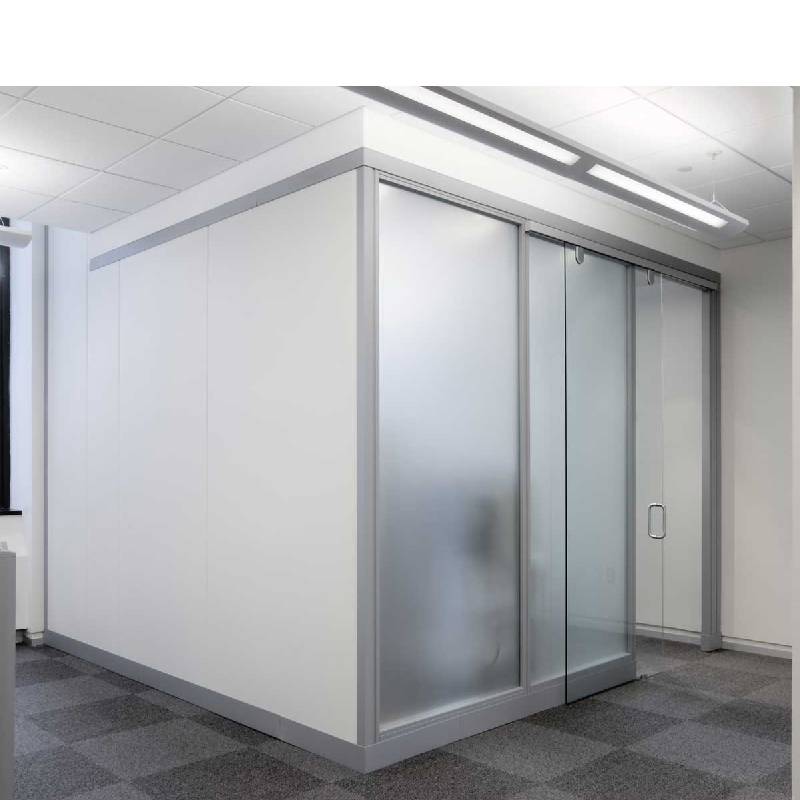

The Allure of Dark Grey Reflective Glass
In today’s architectural landscape, materials play a crucial role in defining the aesthetics and functionality of buildings. Among these materials, dark grey reflective glass has emerged as a favorite for modern constructions, offering a harmonious blend of style, utility, and sustainability. The appeal of dark grey reflective glass extends beyond its visual impact; it encapsulates the essence of contemporary design while catering to the practical needs of energy efficiency and privacy.
Aesthetic Appeal
The first thing that strikes one about dark grey reflective glass is its striking appearance. It provides a sleek, sophisticated look that complements a variety of architectural styles—from minimalist and industrial to elegant and luxurious. The dark hue lends an air of robustness, while the reflective quality creates a dynamic interplay with natural light. As the sun moves across the sky, the glass transforms, shimmering and reflecting its surroundings, creating an ever-changing façade that can gain admiration from onlookers.
Moreover, the dark aesthetic embodies a sense of modernity and innovation, making it a preferred choice for luxury hotels, corporate headquarters, and upscale residential complexes. Its ability to blend in with urban settings while standing out through its reflective properties contributes to a building's identity, making it both memorable and visually appealing.
Energy Efficiency
Beyond aesthetics, dark grey reflective glass boasts impressive energy efficiency attributes. The reflective properties of the glass work to minimize heat absorption, a crucial factor in controlling indoor temperatures. During sunny days, the glass deflects much of the solar radiation, reducing the need for air conditioning and thus lowering energy consumption. As a result, buildings outfitted with this material often achieve better energy ratings, aligning with the growing demand for environmentally friendly construction practices.
With the increasing urgency of climate change, the choice of building materials has become more significant. Dark grey reflective glass not only reduces energy costs for occupants but also contributes to the overall sustainability goals of modern architecture. By choosing such materials, architects and builders can make a positive impact on the urban environment.

Privacy and Comfort
Privacy is another essential consideration in residential and commercial design. Dark grey reflective glass naturally enhances privacy through its mirrored surface during daylight hours, preventing outsiders from peering in while still allowing occupants to enjoy natural light. This feature is particularly valuable in densely populated urban areas, where buildings are in close proximity to one another.
Furthermore, the glass helps to reduce glare and enhances comfort for those within the building. Natural light floods the interior spaces, fostering a pleasant atmosphere while keeping harsh rays at bay. This balance contributes to the overall well-being of occupants, blending aesthetics with comfort and functionality.
Versatility in Design
The versatility of dark grey reflective glass extends beyond façades. It can be used for windows, partitions, and even decorative elements within a building. The material can be easily cut and shaped to fit various design requirements, allowing architects to exercise their creativity while adhering to functional needs.
In addition to commercial and residential applications, this glass is an excellent choice for public buildings, where it can be used to create appealing and inviting spaces. From museums showcasing art to offices encouraging collaboration, dark grey reflective glass can enhance the experience of both users and visitors.
Conclusion
In conclusion, dark grey reflective glass epitomizes the successful marriage of form and function in contemporary architecture. Its aesthetic qualities elevate the visual appeal of buildings, while its energy efficiency and privacy aspects align with modern sustainability goals. As cities continue to evolve and new architectural trends emerge, it’s clear that dark grey reflective glass will remain a prominent feature, driving innovation and inspiring designs that prioritize both beauty and practicality. Its allure lies not just in its stunning looks but also in its ability to contribute meaningfully to the spaces we inhabit.